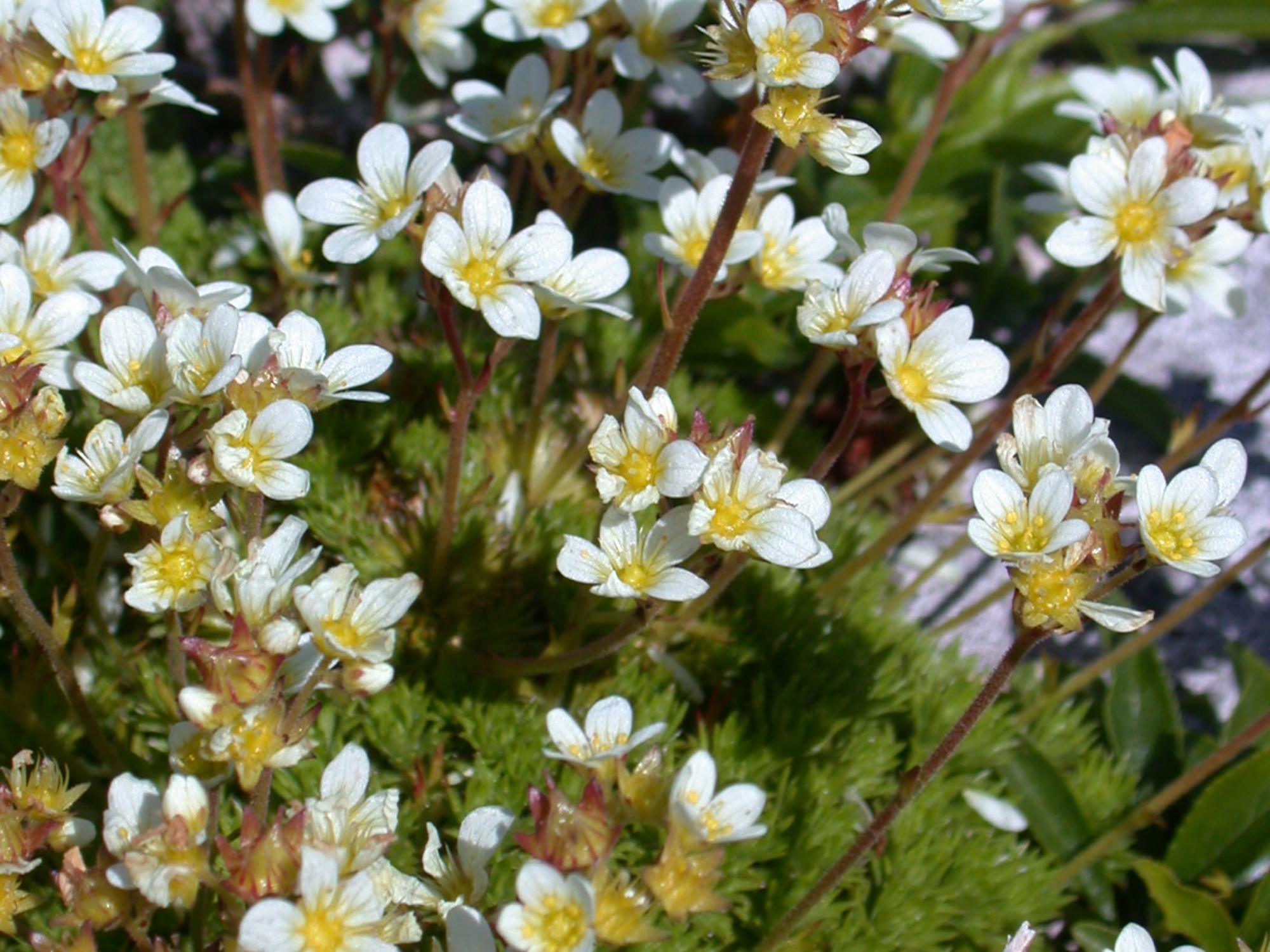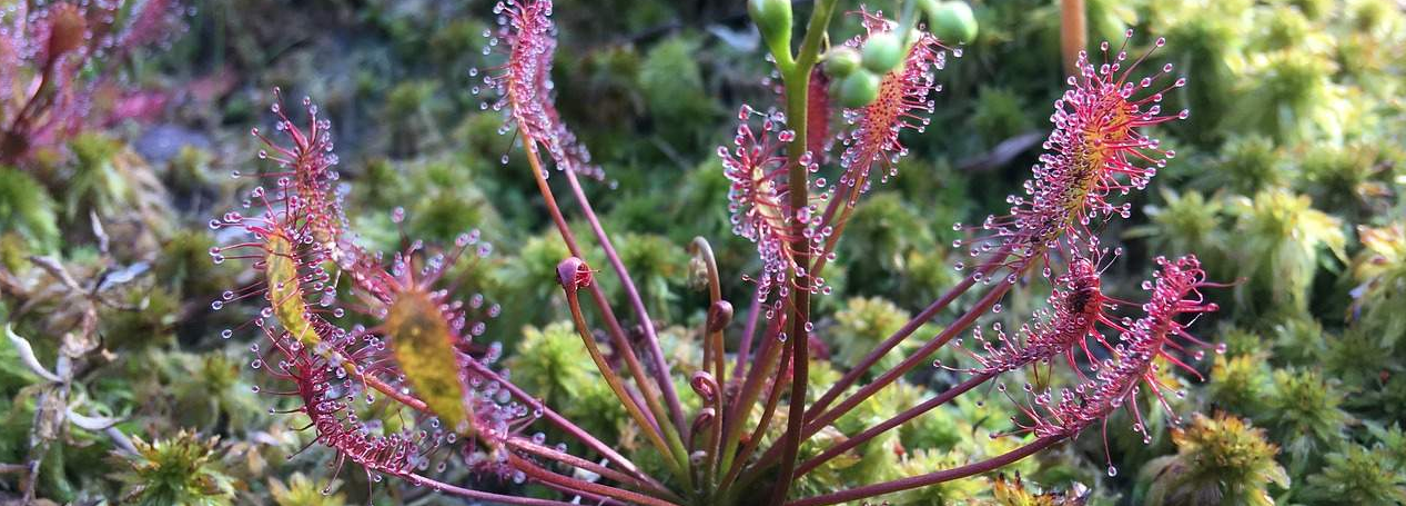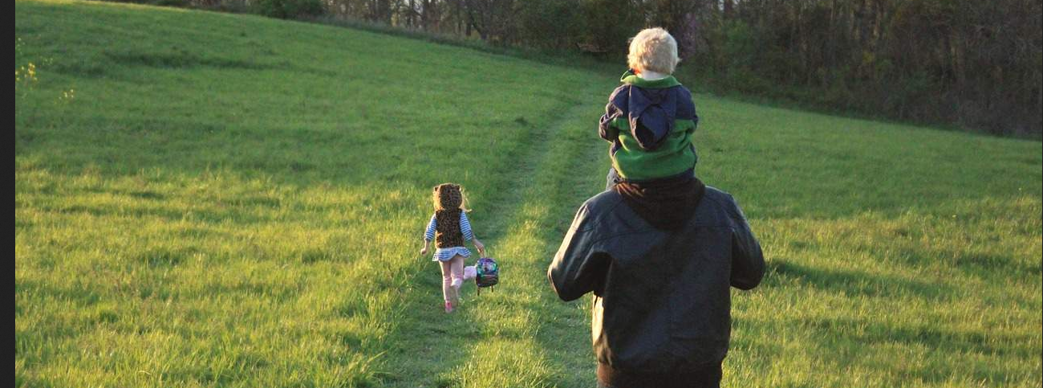Online short course
This free online course is for anyone who wants to know more about climate change, how it relates to plants and what you can do about it.
This course is for everyone aged 16 and over.
We recommend 4-5 hours to work your way through all four sections of the course.
See below for information on the content of this course and how to register. This course is hosted on PropaGate Learning, RBGE's online learning environment.
If you already have a PropaGate Learning account, you do not need to register and can enrol yourself on to this course on the PropaGate site.





